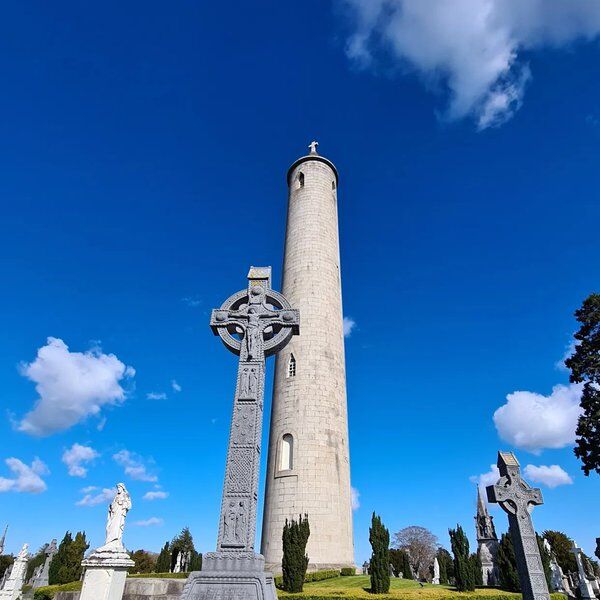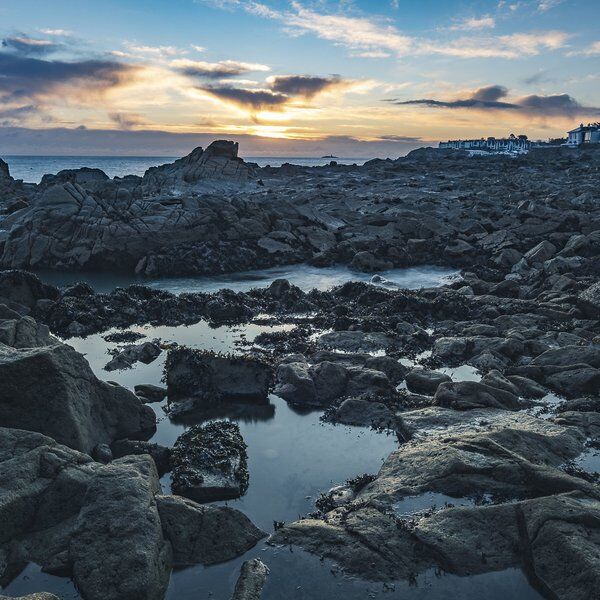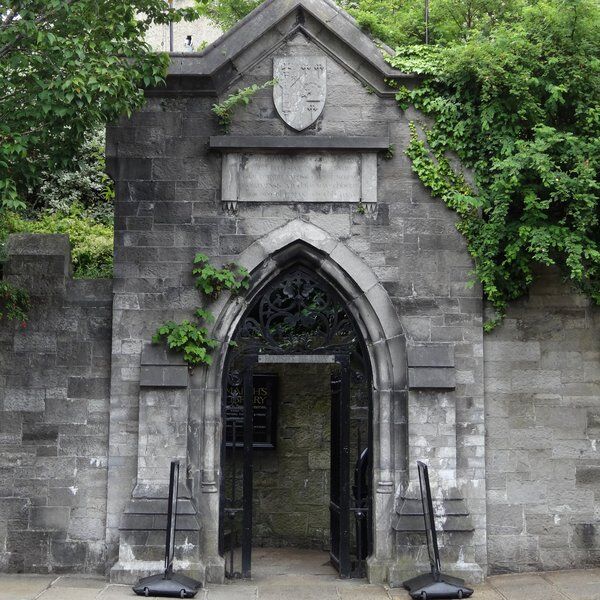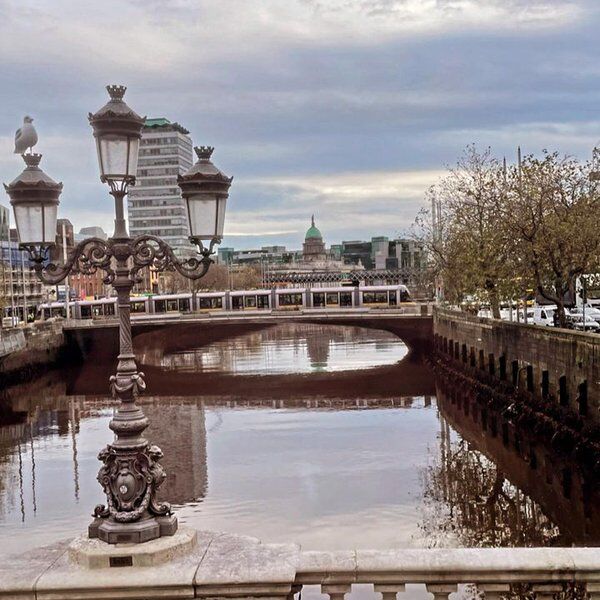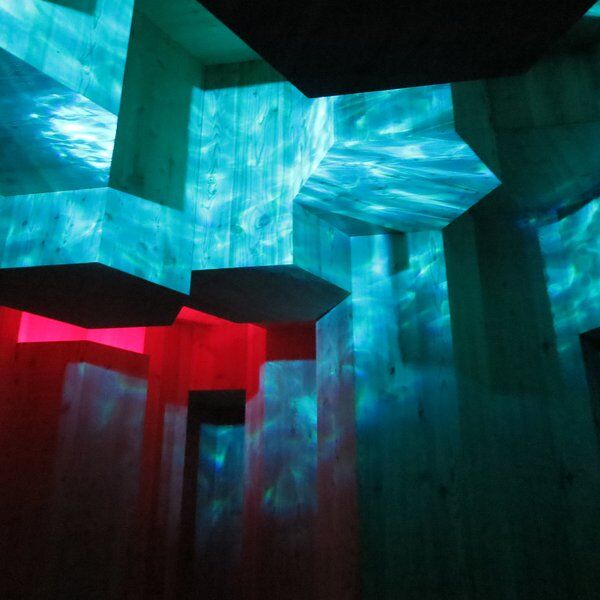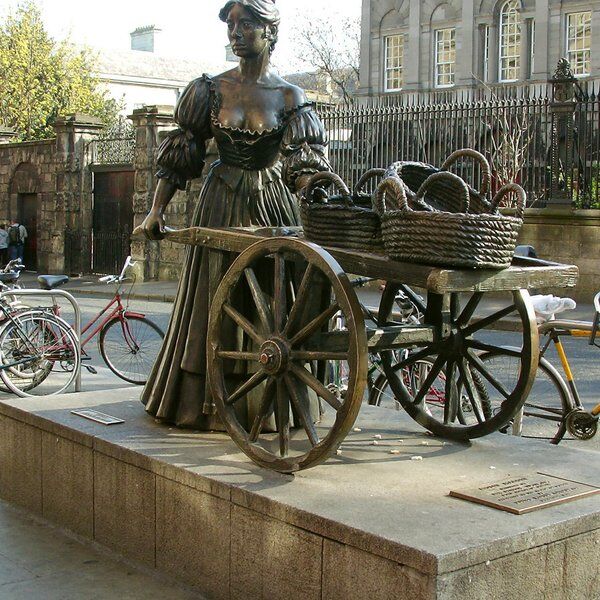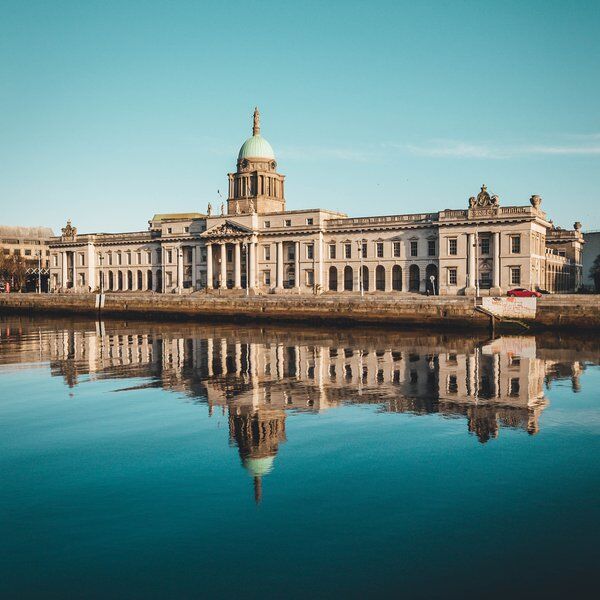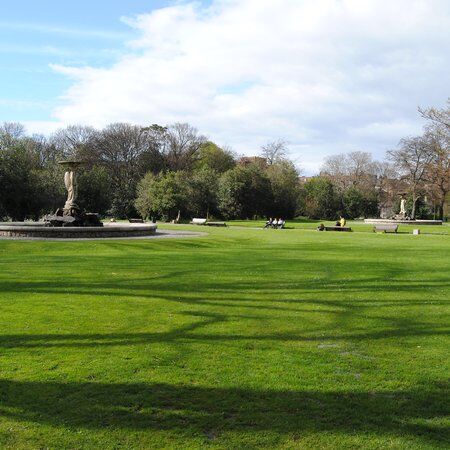
Discover the Iveagh Gardens
Dublin's city centre is home to many delights from the O'Connell Bridge, to the Molly Malone Statue but there’s one more treasure, which we love to visit: the Iveagh Gardens. Recently awarded the Green Flag in 2019-2020, an international recognition of excellence for parks and green spaces, these gardens, unlike the busyness of Stephen’s Green, are a calm retreat right in the heart of the Irish capital. However, despite their central location, the Iveagh Gardens remain one of Dublin's best-kept secrets, tucked away behind the National Concert Hall and surrounded by buildings.

The History of the Iveagh Gardens
Origins as Clonmell Lawns
The Iveagh Gardens originated in the 1700s when the land was known as Leeson's Fields, owned by the 1st Earl of Milltown. Over time, the gardens were acquired by John Scott, the 1st Earl of Clonmell, who transformed it into his private gardens, known as Clonmell Lawns. The Earl's residence, Clonmel House, stood adjacent to the gardens and was connected to them via a subterranean tunnel beneath Harcourt Street.
Private Land: Coburg Gardens
In 1817, the private land transitioned into a public park, named Coburg Gardens. For a brief period the gardens became popular among Dublin's upper-class, hosting extravagant ceremonies like the coronation of King William IV, and to commemorate historical events such as the Battle of Waterloo. However, it wasn’t long before the Coburg Gardens had fallen into a state of decay. They became a grazing ground for sheep and a dumping site for waste.

The Wide Streets Commission
Amidst the decline of the Cobourg Gardens, plans emerged for the construction of new streets in the area. The Wide Streets Commission proposed the creation of Clonmel Street, which would intersect the gardens, and Earlsfort Terrace, which would run parallel to St Stephen's Green.
Despite these developments, the gardens remained neglected until they were purchased by Sir Benjamin Lee Guinness, son of the brewery's founder, Arthur Guinness, in 1862. With help from the Dublin Exhibition Palace and Winter Garden Company, they were finally transformed back into a public park.
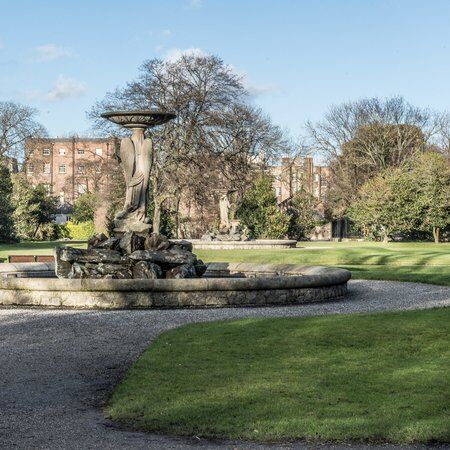
The Dublin Exhibition Palace and Winter Garden Company
Formed in 1862 the Dublin Exhibition Palace and Winter Garden Company had the noble intention of creating a winter garden, concert halls, galleries, an archery ground, situated on what is now a large sunken lawn within the gardens, and exhibition spaces, all tied up in a public park. The project was met with huge local support and bought into by over 10,000 shareholders.
Under the direction of landscape gardener Ninian Niven, the grounds of the Exhibition Palace began to take shape in a blend of French Formal and English Landscape styles. The laying of the foundation stone was overseen by the Viceroy, the Earl of Carlisle and on 9th May 1865, the Iveagh Gardens were officially opened to the public in a ceremony attended by Albert Edward, Prince of Wales.
Today, the gardens have derived their name from Edward Cecil Guinness, Arthur’s grandson, known as Lord Iveagh. In 1868, Edward and his brother, Arthur Edward Guinness, inherited the family business, along with Iveagh House located on Stephen's Green, and the exhibition grounds. Edward later merged the grounds with the gardens surrounding Iveagh House, which have become known today as the Iveagh Gardens.
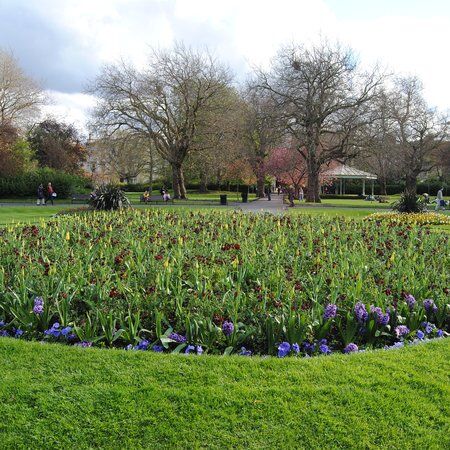
Gifted to Ireland
In 1939, the Iveagh Gardens were donated to the Irish nation by Lord Iveagh. This ensured that the gardens would remain "unbuilt on," and a precious green parkland for the city of Dublin. Managed by the Office of Public Works since 1991, the gardens have undergone extensive restoration efforts to preserve their historic charm and beauty.
Visiting the Iveagh Gardens
Garden Features
Today visitors can explore the rustic grottos, sunken formal panels of lawn topped with fountains, a maze, a rosarium filled with pre-1860s species, an American garden, and one of only two purpose-built archery fields in Ireland. Located near the Earlsfort Terrace entrance, the sunken archery lawn has a secret—the remains of an elephant from Dublin Zoo, was laid to rest beneath it in 1922. Another key feature of the Iveagh Gardens is the waterfall which was originally fed by the Grand Canal, today it gracefully pours over a rockery made up of stone samples from each of the 32 counties of Ireland.
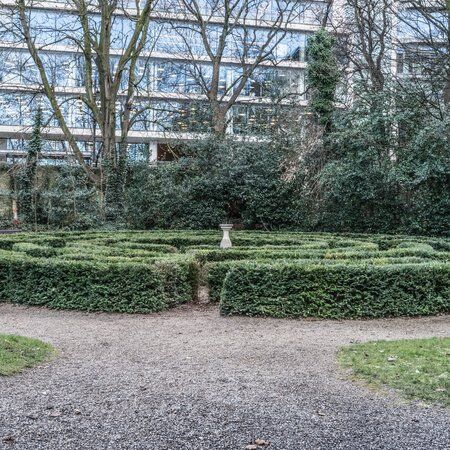
Concerts and Events
The Iveagh Gardens plays host to a variety of concerts and events throughout the year—we enjoyed our own experience watching Mac DeMarco in the peaceful garden complex in 2019! In 2024, the lineup includes performances by acclaimed artists such as Paloma Faith, Christy Moore, and the Sugababes.
Nearby Attractions
Located just a stone's throw away from some of Dublin's top attractions, the Iveagh Gardens are the perfect starting point for exploring the city—or the perfect picnic pit stop half way through your day! Within walking distance, you'll find St Stephen's Green, a Victorian park with a picturesque lake. Nearby, the RHA Gallery offers a fascinating glimpse into the world of Irish art, while Trinity College and the Book of Kells linger just beyond.

Want to learn more about Dublin and see some of its secret & hidden sights? Check out our Dublin Treasure Hunts, puzzle-filled urban adventures lead you through city highlights and best-kept secrets. You'll actively engage with your surroundings to unravel the clues sent directly to your phones. Take optional breaks at great cafes & pub stops and enjoy the city's finest.







